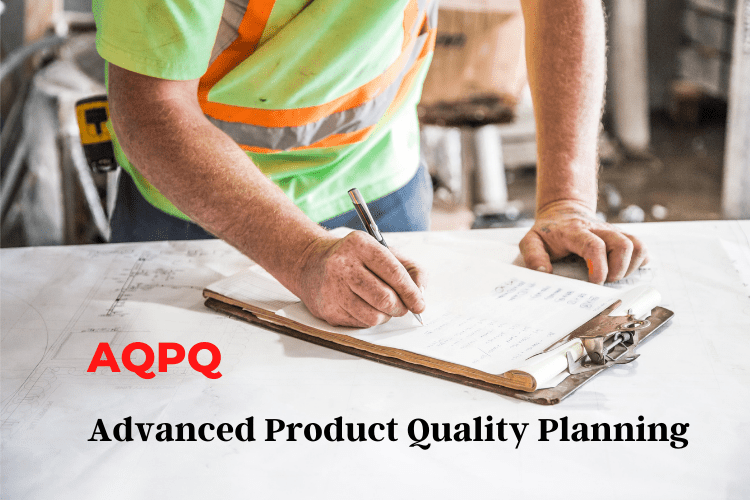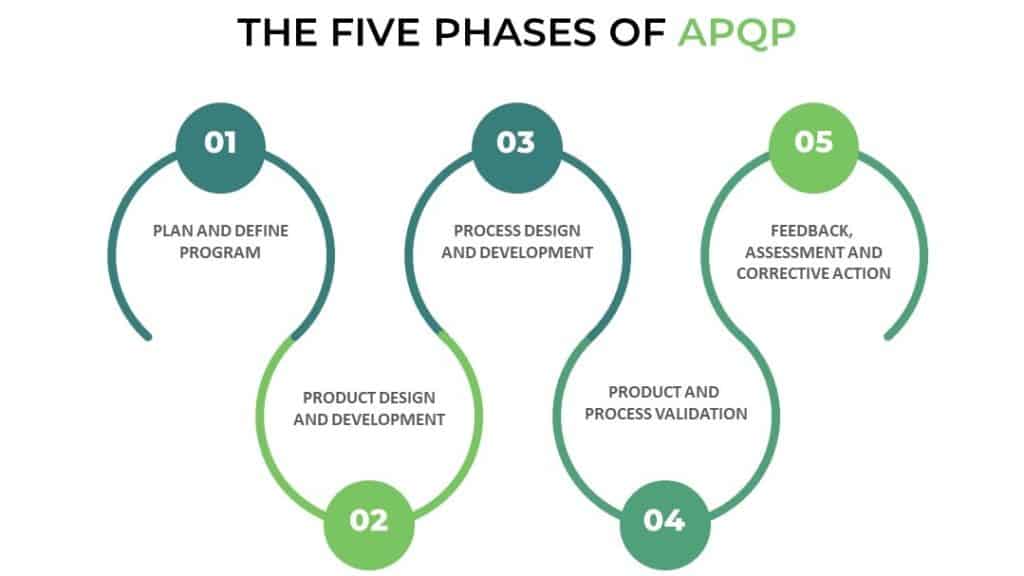Do you know about APQP’s meaning and the different phases that are interlinked with it? No worries, we are here to guide you in the best way possible till the very end. We have done some detailed research for the sake of your ease. So you don’t have to go anywhere else in search of the correct information.
In this article, we will let you know all about APQP. If you already know about it, you can leave past this, but if you need to know all about it, then this article is for you. Read this information till the end, and we hope that you will be able to find all the answers to your questions by the end of this information.
What Exactly is APQP?
Before we go anywhere further, it is significant that users know what APQP is. It has been said that APQP stands for Advanced Product Quality Planning as the name explains that it implies that the voice of a customer matters a lot for the progress of a particular product or brand. It tells that the manufacturer has heard their customers’ demands, requirements, and wishes and is ready to provide the best services according to their needs.
More like a roadmap when creating new products that need to be done within a specific time frame. One of the primary objectives of APQP is to offer a way for suppliers and target audiences to work collectively when making a new product. This helps them deliver the product on time and with the highest increased value.

Importance of APQP
You might probably wonder why APQP is so essential in today’s world and why many brands are thinking about applying this approach in their business dealings. The primary aim is to fulfill the target audience’s requirements and provide them with the best final product. There is no doubt that everyone needs loyal customers, so to achieve it, you need to make sure that you are offering your customers what they are looking for.
You need to provide something that makes you different from others and unique at the same time. Whenever they ask you to make improvements or give their feedback. It is essential to listen to them to make the most out of those responses and offer the best services. For the success of your industry, you need to ensure that you are providing the best of the best services to your customers, and it will ultimately help you in winning the hearts of many.
Obstacles and Barriers While Applying APQP
When it comes to applying APQP, there are several barriers and obstacles that people usually face. Although we know that APQP is made to eliminate the chances of complications and promote the total client satisfaction of a product or a service. There are some barriers that organizations should be prepared for before implementing APQP.
Most of these APQP obstacles can be traced back to the disorganized documents of spreadsheets, charts, Word, and much more. But some of these problems, such as detached systems and misplaced files that are hard to find, may also happen. Whatsoever the root cause, these issues can harm an organization’s day-to-day functions.
Some of the Most Frequently Happened Obstacles that Organizations Face Include:
- Compliance risks and problems
- Wasted time and resources
- Mismatched Process flows, FMEAs, and control plans
- Delayed manufacturing
- Additional time spent trying to fix flow changes
- Missed chances in continual improvement and initial detection
- Difficulty fulfilling or exceeding customer expectations and wishes
Avoid Obstacles and Barriers
A clear point of view on how to effectively apply APQP, and the best application training, are some of the most acceptable ways to deal with the possible obstacles that have mostly been seen in APQP. Another type of protection against these issues is transparent comprehension of the encountered obstacles your organization might face. The below points are just a short example of the equipment, resources, and ways your organization can utilize to control the propensity of APQP errors:
- A comprehension of the APQP Key Elements
- A detailed understanding of the methods of APQP Planning that are available
- APQP software made to help your company’s unique requirements adequately
APQP Checklist
An APQP Checklist is utilized in different industries, especially by the experts of engineering, trading, quality, and distribution, to ensure that items are up to the mark before they even come their way to the market. Usually, an APQP checklist has been crafted to make it easier for cross-functional teams to perform the below pints:
- Decides the system-level project plans that are used for the APQP
- Take photo evidence of the APQP method
- Verify the advanced product quality planning with digital signatures
- Plan inspections and assign actions to CFT members
- File the product and process design, development, and validation

The 5 Phases of APQP
The following are the integral parts of the APQP process. Want to know which ones are they? Have a look and find out the details and how these can help brands.
Phase 1: Definition of Planning and Program
This is the first phase of the program that defines customers’ needs, necessities, and demands, with the help of utilizing tools such as QFD. It helps brands examine the whole quality planning process to allow the implementation of a quality program, elaborate, and set the inputs and outputs.
Remember that these requirements are being followed before manufacturing a new product or the already existing ones. The primary connection is to interlink customer’s demands and product’s expectations.
Phase 2: Product Design and Development
The completion of the final product’s design is the primary goal of this phase. The ultimate focus of this program is to complete the design review and verify it. Here product’s material should be defined along with the specifications and the need of the tools.
It is also essential to complete the design failure mode and effect analysis to learn about the causes that were the reason behind the failure of the design. Apart from that, control plans for product prototype creation should be made. The primary purpose is to assess whether the product is feasible or not.
Phase 3: Designing and Developing the Process for Product Manufacture
This phase aims to create an effective management system to ensure that customers’ requirements and expectations are fulfilled. The primary goal is to design and build the production process while keeping everything in your mind, including product quality, specifications, and costs. The process must produce the required quantities to match the expected consumer demand while dealing with productiveness.
Phase 4: Product and Process Validation
This phase aims to validate the manufacturing process through a test trial run and make sure that the Production control plan is up to the mark. During this phase, the product quality planning team ensures that the requirements for the control plan and process are followed correctly and ensures that the products that will be made will be up to the customer’s expectations.
Phase 5: Feedback, Assessment & Corrective Action
This is the last phase of the APQP program, where the main goal is to provide the final product in its best form. All the responses are welcomed here, so they will be made wherever there is any need for improvements. The central focus is to improve until the ultimate product can’t be made.
Benefits of APQP
Below are some of the Significant Benefits of APQP that you need to know if you are going to follow this program:
- The process of APQP keeps in mind customer satisfaction at the core of its heart. Here, resources are directed with the particular intention of completing customers’ demands.
- With the help of APQP, customers are allowed to have a product that becomes analytically tested and verified through different processes. Which restricts the number of changes that must be made after the product has been released onto the market.
- Whenever there is an issue, the solution implemented may be the quickest but not essentially the most budget-friendly. By pre-empting quality issues and managing strictly client expectations. The method gives planners time to look for cost-effective ways before the product is being introduced.
- By applying APQP, the brands mitigate the possibility inherent in introducing or altering a product.
- Design and process experts work together. This makes sure that there is no miscommunication between them and that processes will fulfill the demands of the design.
- The process continues the final product unless it is being made properly. Here, the main aim is to come up with the last idea after taking feedback from customers that fall under the target audience’s requirements.
Final Words
We hope that the above information will be helpful for all those who need to know all about APQP and thinking about applying it in their professional industry. If you have never thought about whether or not you will use it, then it is high time you consider it in your practical life because success is in innovation and modification.
You can achieve more by targeting your customers say and fulfilling their requirements for the prosperity of your brand. Go for it and share your experience with us as we are looking forward to hearing from you. In case you have any more questions related to the guideline, feel free to contact us.
